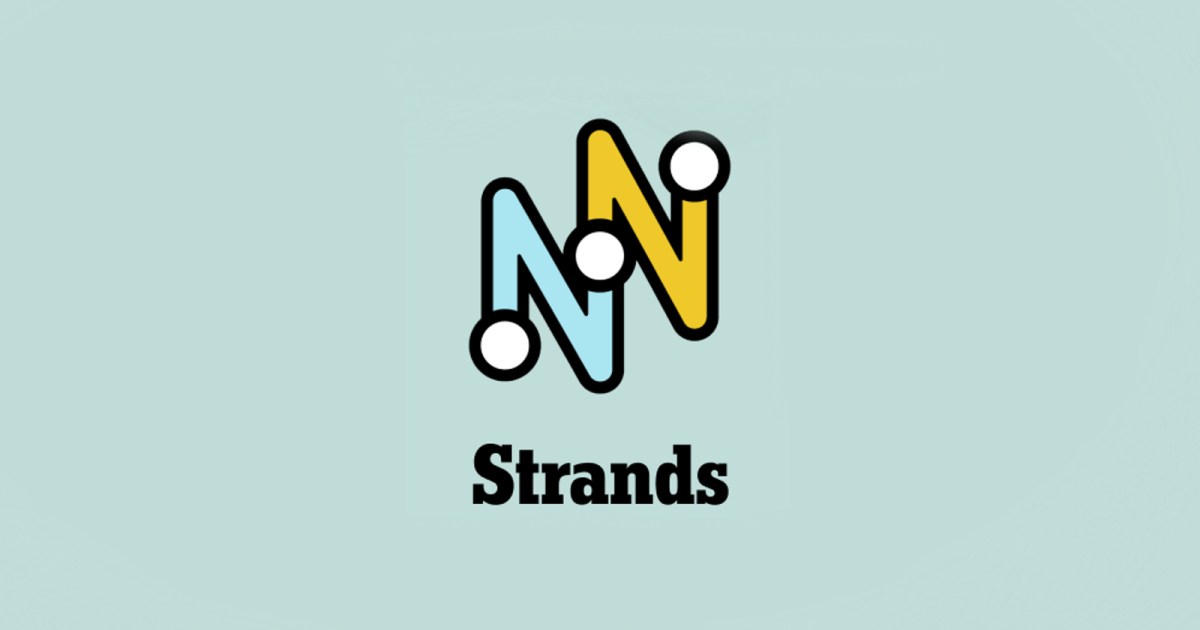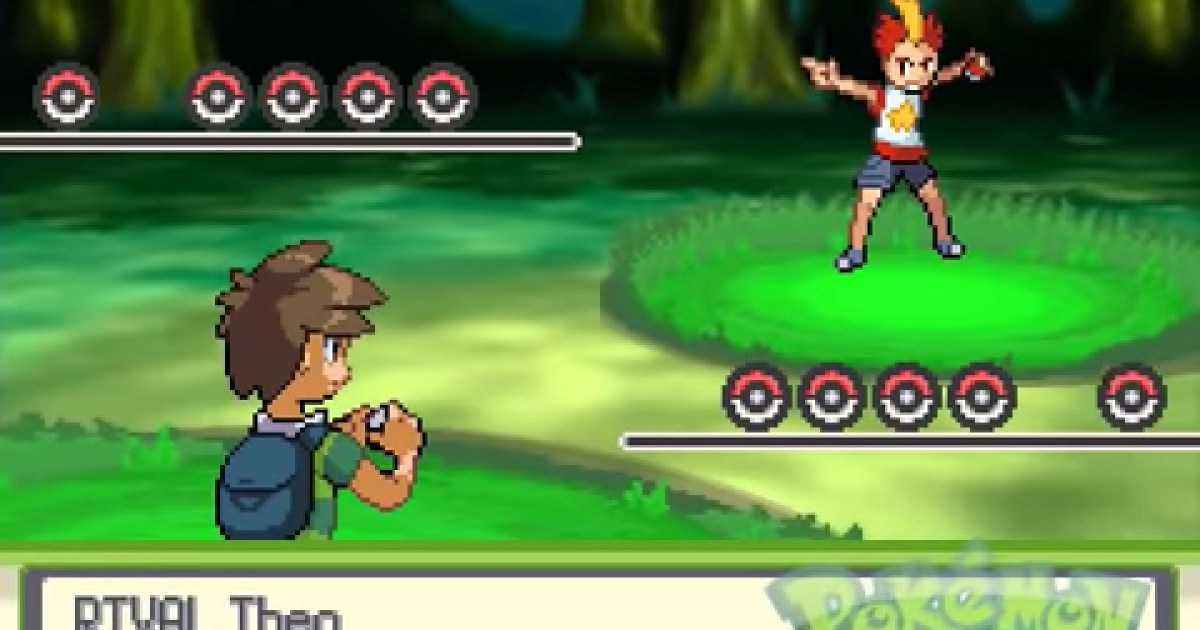The New York Times’ Strands puzzle presents a captivating twist on the classic word search, demanding a sharp eye and strategic thinking. Like other popular NYT games such as Wordle, Connections, and the Mini Crossword, Strands can sometimes pose a real challenge. If you’re feeling stumped and seeking assistance with today’s Strands puzzle, look no further – we’ve got you covered with hints, the spangram, and the complete solution.
 NYT Strands logo.
NYT Strands logo.
Decoding the Strands Gameplay
The objective of each Strands puzzle is to uncover “theme words” concealed within a grid of letters. By dragging or tapping letters, you form words; a double-tap on the final letter confirms your selection. Correct theme words highlight in blue and become locked. Finding non-theme words, while not the primary goal, still contributes to your progress. For every three non-theme words of at least four letters, you earn a hint – revealing the letters of a theme word, leaving you to unscramble them. Each letter in the grid contributes to spelling out the theme words, with no letter used more than once and no overlapping words. Every puzzle features a “spangram,” a special theme word (or words) reflecting the puzzle’s theme and spanning two opposite sides of the board. This spangram highlights in yellow upon discovery. The ultimate aim is to solve the puzzle swiftly and efficiently, minimizing the use of hints.
Today’s Strands Puzzle: “A Good Roast”
Today’s Strands theme revolves around “A Good Roast.” Here’s a helpful hint to guide you: think of a telltale sign of successful comedy.
Unveiling Today’s Strands Spangram
The spangram often provides a crucial key to unlocking the puzzle’s theme. Today’s spangram is:
- CRACKINGUP
Today’s Strands Solutions Revealed
With the spangram in hand, you’re well-equipped to tackle the remaining words. Here are the complete solutions for today’s Strands puzzle:
- GIGGLE
- CHUCKLE
- LAUGH
- ROAR
- HOWL
- CACKLE
- SHRIEK
Mastering Strands Strategies
While today’s solutions are provided, honing your Strands skills is key for future puzzles. Focus on identifying common prefixes, suffixes, and letter combinations. Start by searching for the spangram, as its length and unique placement often provide significant clues to the theme and other words. Don’t underestimate the value of non-theme words; accumulating them strategically unlocks valuable hints. With practice and a keen eye, you’ll become a Strands master in no time.









